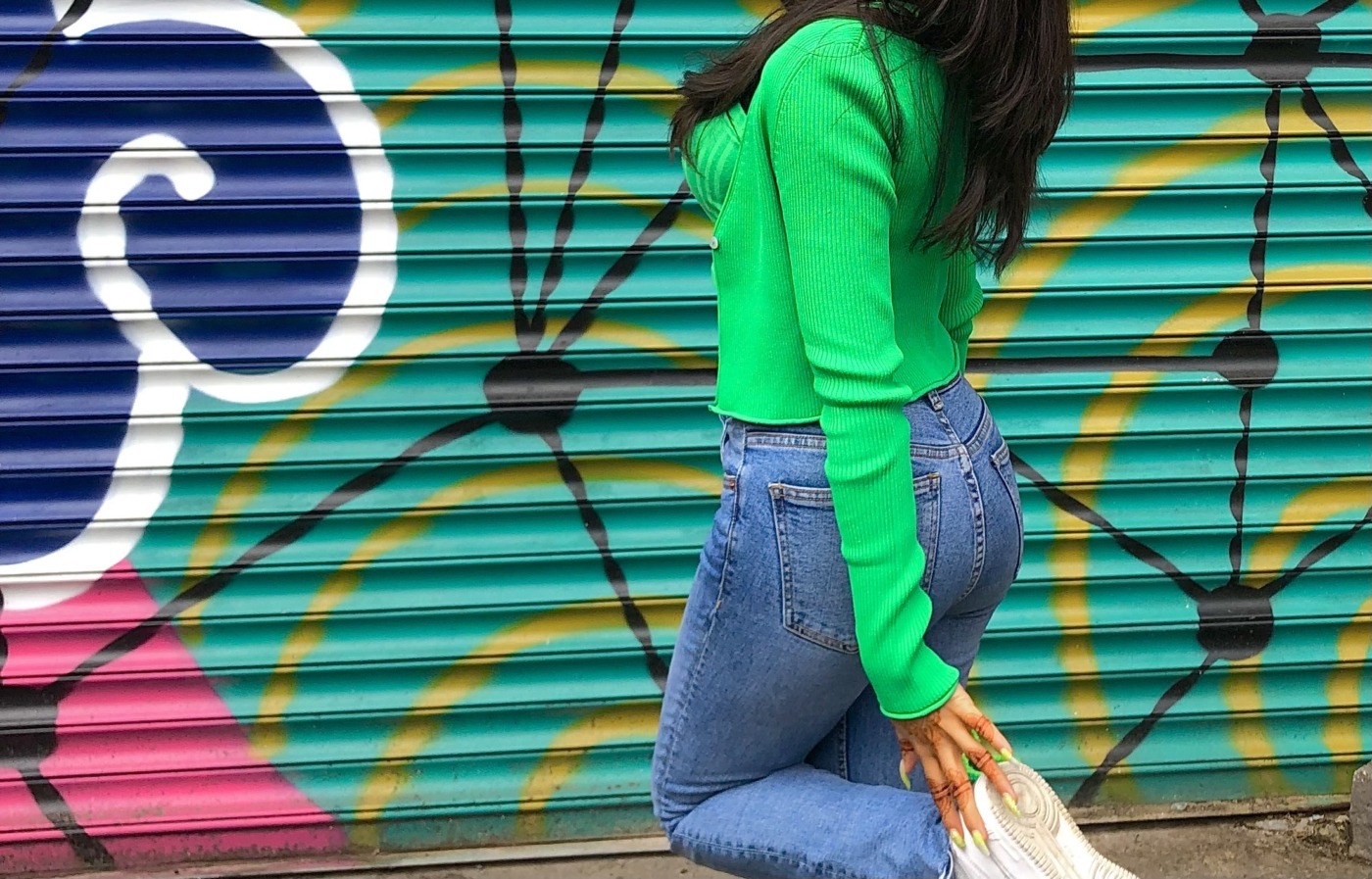The Green Wardrobe: An intro to sustainable and personal fashion
Over the past year, the term “sustainability” in fashion has exploded. As the climate crisis becomes increasingly urgent, and awareness of the impact of capitalism on the environment grows, consumers are beginning to consider the repercussions of their purchases.
As consumers have become more interested in buying sustainably, brands have, unsurprisingly, capitalised on this: the term “greenwashing” has been coined to describe when brands deliberately market their clothes as more “green” or eco-friendly than they really are, making it difficult to be sure that what you’re consuming is actually sustainable.
Using recycled materials, providing climate compensated shipping, utilising environmentally friendly packaging- all are seemingly positive moves, but how much is just marketing?
Creating a more environmentally friendly wardrobe can be really daunting
Unfortunately, we live in a time of fast fashion, and breaking out of the fashion cycle can be really difficult- despite brands promising to be more eco-friendly, the constant dropping of new collections feeds into the trend cycle, fundamentally damaging the environment by creating a culture of overconsumption and undermining any promises of sustainability.
With so much conflicting information out there, the prospect of creating a more environmentally friendly wardrobe can be really daunting.
This column will explore how to break out of the fashion cycle and how to shop more sustainably: from figuring out which brands are actually sustainable, to making the transition to buying more second-hand and vintage clothes, this column will investigate how to build a greener wardrobe.
Only invest in items that fit with your personal style
Before you start buying sustainably, however, I must emphasise that the most environmentally conscious thing you can do is to stop buying altogether: although shopping second hand or with sustainable brands is great, the most sustainable thing you can do is significantly reduce your consumption. The key to buying less, therefore, while keeping your wardrobe exciting, is to only invest in items that fit with your personal style.
Instead of buying trend-led, throwaway pieces that may go out of fashion in a few months, or that don’t fit the vibe of the rest of your wardrobe, investing in key pieces that can be easily styled together and will actually get worn is the most cost-effective and eco-friendly approach you can take.
While shopping second hand or with eco-friendly brands is great, if you buy 10 sustainably sourced pieces that you never wear, and will eventually end up in a landfill, it kind of defeats the point. With this in mind- and before this column launches into the what, where, and how to buy sustainably- this is how to find your personal style.
It may also be helpful to look for fashion influencers with a similar body type to yours
One of the most useful things you can do when building your personal style is to look to your own closet- figure out which pieces you feel great in and tend to reach for most often, as well as what you never wear. If there is a certain style of trouser you love and wear every day, it could make sense to invest in a high-quality pair that you can see yourself wearing for years. On the same note, if you have lots of crop tops, yet never find yourself wearing them, buying another one just because it’s “trendy” doesn’t make any sense for your wardrobe.
When looking at the clothes you love, figure out what it is that you love about them. Is a certain fit or colour really flattering on you? Piecing these factors together will help you figure out the foundation of your personal style, and can help you make smarter purchasing decisions going forward.
If you’re struggling to figure out your personal style from what you already own and don’t relate to any of the pieces in your wardrobe, creating a Pinterest board of clothes you like or saving outfits on Instagram can help layout what style you gravitate to. It may also be helpful to look for fashion influencers with a similar body type to yours- this may make it easier to imagine how you would look in different clothes, and could help you discover new styles that you hadn’t considered before.
This column is about finding a version of sustainability that works for you
The journey to creating a more sustainable wardrobe isn’t an easy one, and finding your personal style is just the first step. The heart of sustainable shopping is about reducing unnecessary consumption- this column is about finding a version of sustainability that works for you, whether that be buying fast fashion more mindfully, shopping second hand, or altering your clothes. Hopefully, you will find a fit that works for you.

Comments